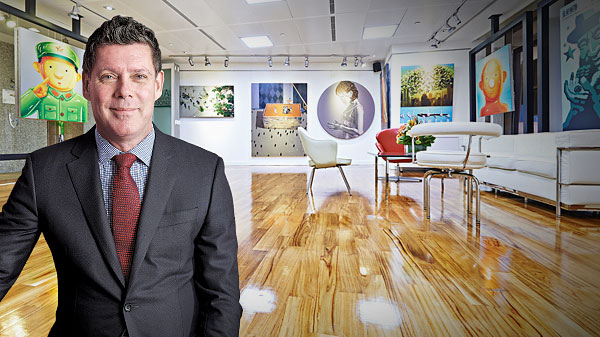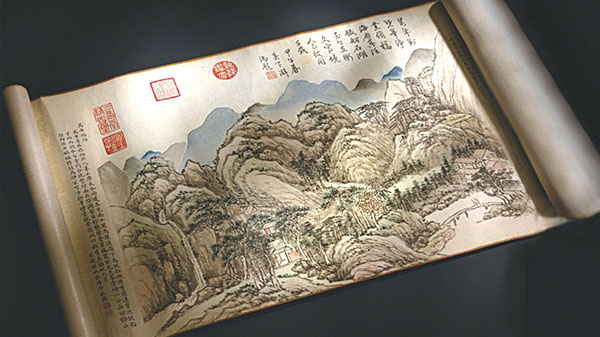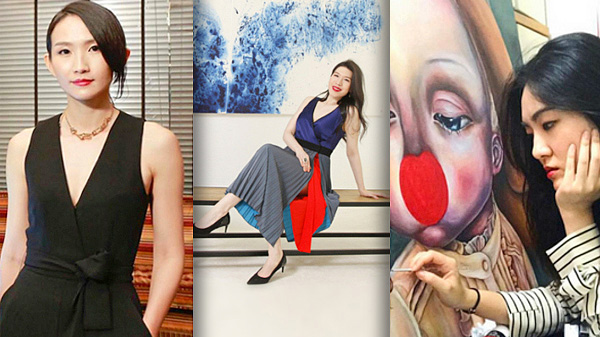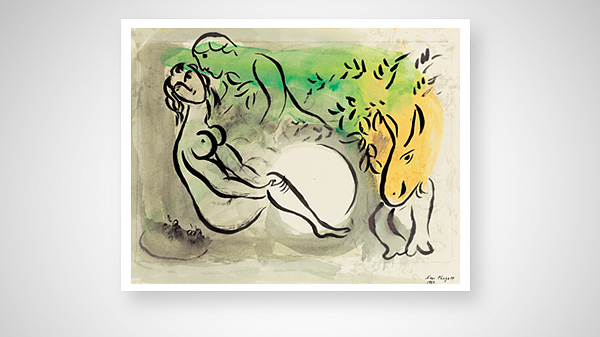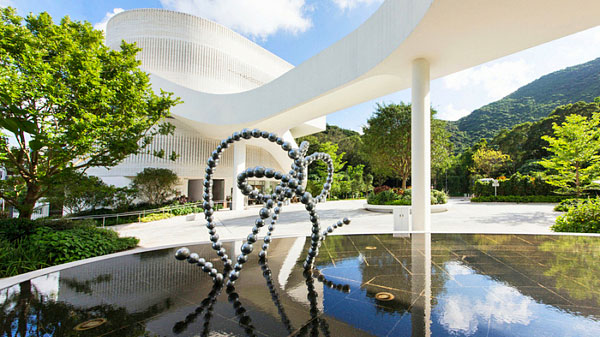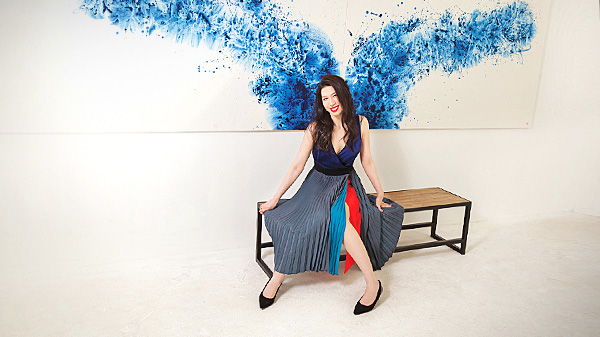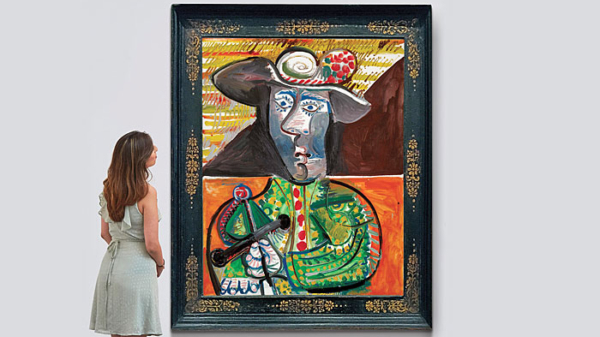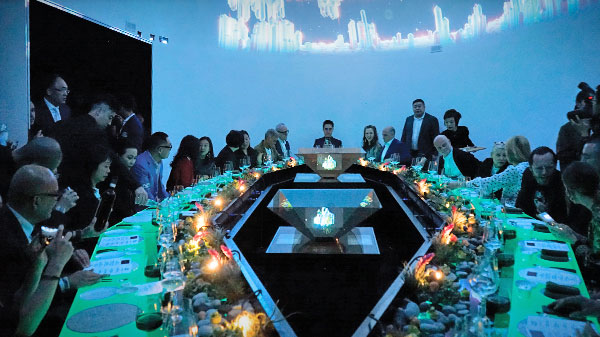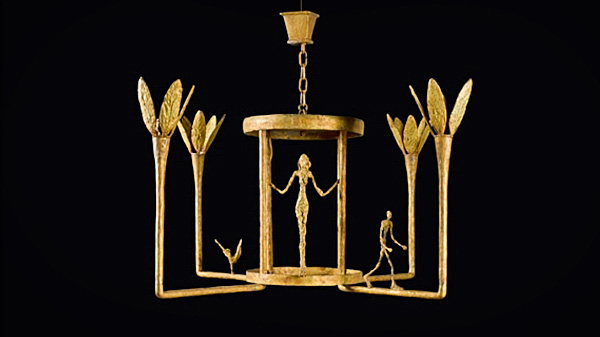
As world leaders in Chinese contemporary art for investment, Art Futures Group offers international investors a chance to diversify their portfolio and gain a foothold into this lucrative market.
We talked to Jeremy Kasler, founder and CEO of Art Futures Group to learn more about art investment.
As an entrepreneur from a very early age, what are your earliest memories and experiences and who inspired your career path?
My earliest memory as an entrepreneur is selling Christmas wrapping paper on the street corner in the UK. During my teenage years, I did this every Christmas to ensure I had money to buy presents and generally enjoy the things that teenagers do. If it rained, we sold umbrellas. This was my first lesson in adapting to meet different market conditions.
My inspiration was my grandfather, the hardest working man I have ever met. He worked for himself his entire life and was very committed to his business. A man of great morals, he was hugely respected by those that knew him and was a great inspiration to me as an entrepreneur.
Before Art Futures Group (AFG), you were in the property and investment sector. What inspired you to move into the art industry?
I wandered into a gallery in Singapore and was appalled by the lack of transparency when I was told that the piece of art I was looking at was a good investment “because it will go up in value”. In that moment, I decided it was time to create a company to bring fair pricing and transparency to this market.

How is AFG bringing art investment from the high-cost playing field of the elite to middle class working professionals and Gen Y investors?
Before we opened in Hong Kong, the only way to get art investment advice was to commit US$2,000,000 to the market and in return, HSBC would allocate you an advisor. With no one to help the average man, we decided to offer a service to help the mid-range clientele invest in artworks in the HK$200,000 – $800,000 category.
How do you help your clients gain a profit through your end-to-end investment service?
First, we identify artists that we believe have investment potential and then help to secure selected pieces on our client’s behalf. During this process, we perform a substantial amount of due diligence to find the art pieces with the best prospects for capital growth including monitoring the market to give buy and sell recommendations, just as a stockbroker would. Finally, we provide certificates of provenance to show the artwork was purchased directly from the artist. This is significant when putting the artwork to auction or for sale.

AFG also provides rental services of the purchased piece. How can this maximise a client’s potential profit?
We have a leasing department that in many cases allows us to rent the client’s artwork to third parties. This creates a residual income over and above the capital growth and is paid quarterly to the client just like a dividend.
What advice would you give to art enthusiasts who may be looking to invest in this lucrative market?
Buy original artworks, not prints. Try and find a certain sector you enjoy, for example Chinese contemporary art, and concentrate on that. Always establish a good provenance as there are many copies out there. Finally, buy the best you can afford.
For more information please visit, www.artfuturesgroup.com or call (852) 3758 7888



